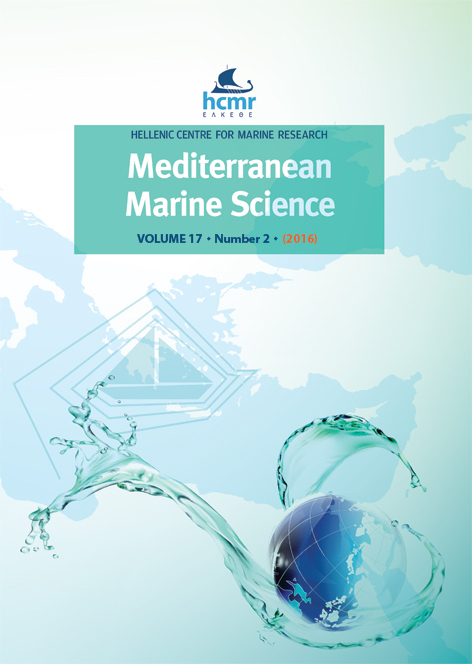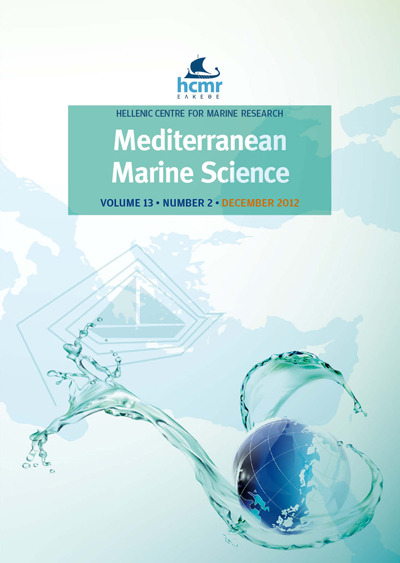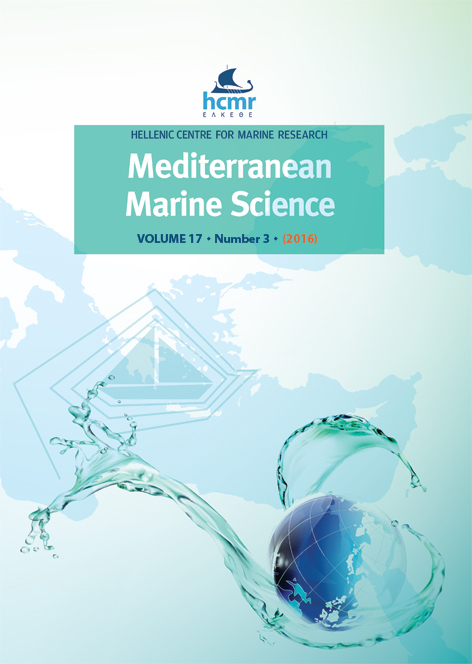Bryozoan diversity in the Mediterranean Sea: an update

Abstract
This paper provides a current view of the bryozoan biodiversity of the Mediterranean Sea updating the checklist by Rosso (2003). Bryozoans presently living in the Mediterranean increase to 556 species, 212 genera and 93 families. Cheilostomes largely prevail (424 species, 159 genera and 64 families) followed by cyclostomes (75 species, 26 genera and 11 families) and ctenostomes (57 species, 27 genera and 18 families). Few families and genera make the bulk of this biodiversity whereas one third of families are monospecific. The number of species-rank taxa has increased by 81 in the last dozen years but most of these additions relate to the revision of material from old collections and to the introduction of non-indigenous species. Most of the bryozoan diversity is distributed in the coralligenous and dark and semi-dark cave biocoenoses followed by detritic bottoms. Diversity lowers in shallow-water vegetated bottoms and in bathyal habitats. Further increase in diversity is expected from investigation of still poorly known areas and habitats and the need for rapid assessment is remarked on in view of the management of Mediterranean habitats through the EU Marine Strategy Directive.
Article Details
- How to Cite
-
ROSSO, A., & Di MARTINO, E. (2016). Bryozoan diversity in the Mediterranean Sea: an update. Mediterranean Marine Science, 17(2), 567–607. https://doi.org/10.12681/mms.1706
- Issue
- Vol. 17 No. 2 (2016)
- Section
- Review Article
Authors who publish with this journal agree to the following terms:
- Authors retain copyright and grant the journal right of first publication with the work simultaneously licensed under a Creative Commons Attribution Non-Commercial License that allows others to share the work with an acknowledgement of the work's authorship and initial publication in this journal.
- Authors are able to enter into separate, additional contractual arrangements for the non-exclusive distribution of the journal's published version of the work (e.g. post it to an institutional repository or publish it in a book), with an acknowledgement of its initial publication in this journal.
- Authors are permitted and encouraged to post their work online (preferably in institutional repositories or on their website) prior to and during the submission process, as it can lead to productive exchanges, as well as earlier and greater citation of published work (See The Effect of Open Access).







